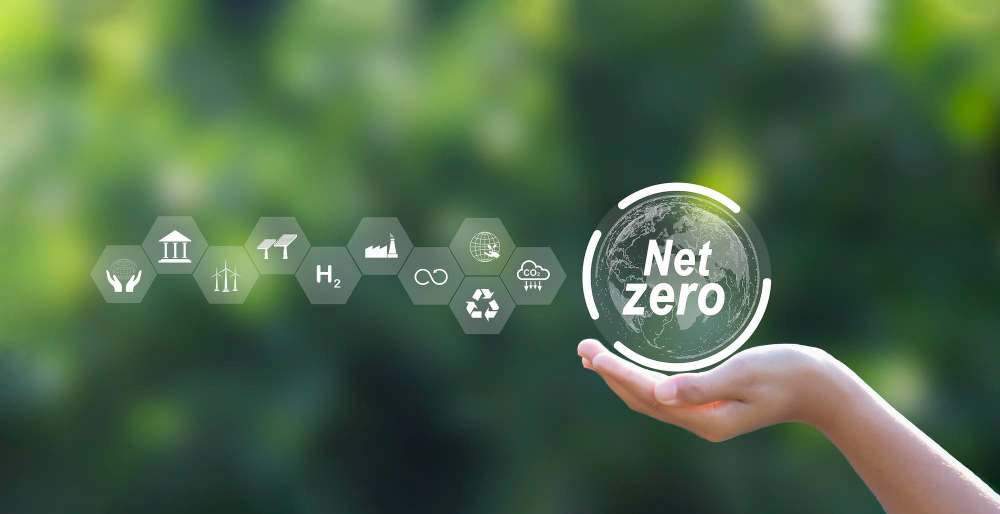
Product walkthrough, trial, POCs, enterprise offering, support and more. Speak with one of our specialists.


Product walkthrough, trial, POCs, enterprise offering, support and more. Speak with one of our specialists.

Policy and industry News

Indonesia is now at a crucial point in its journey toward a more sustainable future. The government has emphasized that economic growth must no longer run counter to efforts to reduce carbon emissions. Instead, the two must reinforce each other. This is why the transformation of the green industry is key to achieving the Net Zero Emission target by 2050.
The Presidential Special Envoy for Climate and Energy, Hashim Djojohadikusumo, quoted from a Ministry of Industry press release in his remarks at the Annual Indonesia Green Industry Summit (AIGIS) 2025 in mid-August 2025 in Jakarta, emphasized that accelerated economic growth will automatically increase carbon emissions. Without a clear strategy, development will only add to the environmental burden. Therefore, Indonesia needs to seriously integrate clean energy investment, industrial efficiency, and low-carbon technology as the drivers of economic growth.
In line with this, Minister of Industry Agus Gumiwang Kartasasmita stated that the industrial sector, which contributes around 30 percent of national carbon emissions, must be at the forefront of decarbonization efforts. "The transformation of the green industry is not a burden, but an investment in the future. In this way, we not only protect the environment but also strengthen national competitiveness," he stressed at the AIGIS 2025 forum.
This transformation is in line with the President's Asta Cita, particularly on points such as creating quality jobs, industrial downstreaming, and fostering a harmonious life with nature. The green industry not only reduces emissions but also opens vast opportunities for the creation of green jobs, strengthens the circular economy, and reduces dependence on imported energy and raw materials.
Concrete examples are already visible. Several companies in Indonesia have begun processing plastic waste into new packaging, melting scrap metal into steel, and utilizing rice husks as an alternative biomass energy source. These practices demonstrate that green industry innovation is not just rhetoric but a real solution to climate challenges as well as economic opportunities.
Through the AIGIS forum, the Ministry of Industry also awarded industrial players who consistently implement green principles. This award is expected to motivate more companies to transform, strengthen energy efficiency, and set an example on the path toward decarbonization.
The transformation toward a green industry is indeed a long journey, but it is the path Indonesia must take. With renewable energy, production efficiency, Carbon Capture and Utilization (CCU) technology, and the adoption of a circular economy, Indonesia is not only preserving the earth but also ensuring that economic growth goes hand in hand with sustainability.
The Net Zero Emission 2050 target is not merely an aspiration but a compass guiding the nation's development. And the transformation of the green industry is the bridge to achieve it.
On this occasion, the Minister of Industry presented green industry awards at the Annual Indonesia Green Industry Summit (AIGIS) 2025 in several categories, namely:
With these awards, the government hopes that more companies, auditors, certification bodies, and local governments will be encouraged to strengthen energy efficiency, drive innovation, and set an example in applying green industry principles in Indonesia.






















Jejakin’s green programs combine high-tech monitoring, biodiversity restoration, and community-led initiatives to deliver powerful, sustainable change across ecosystems.








